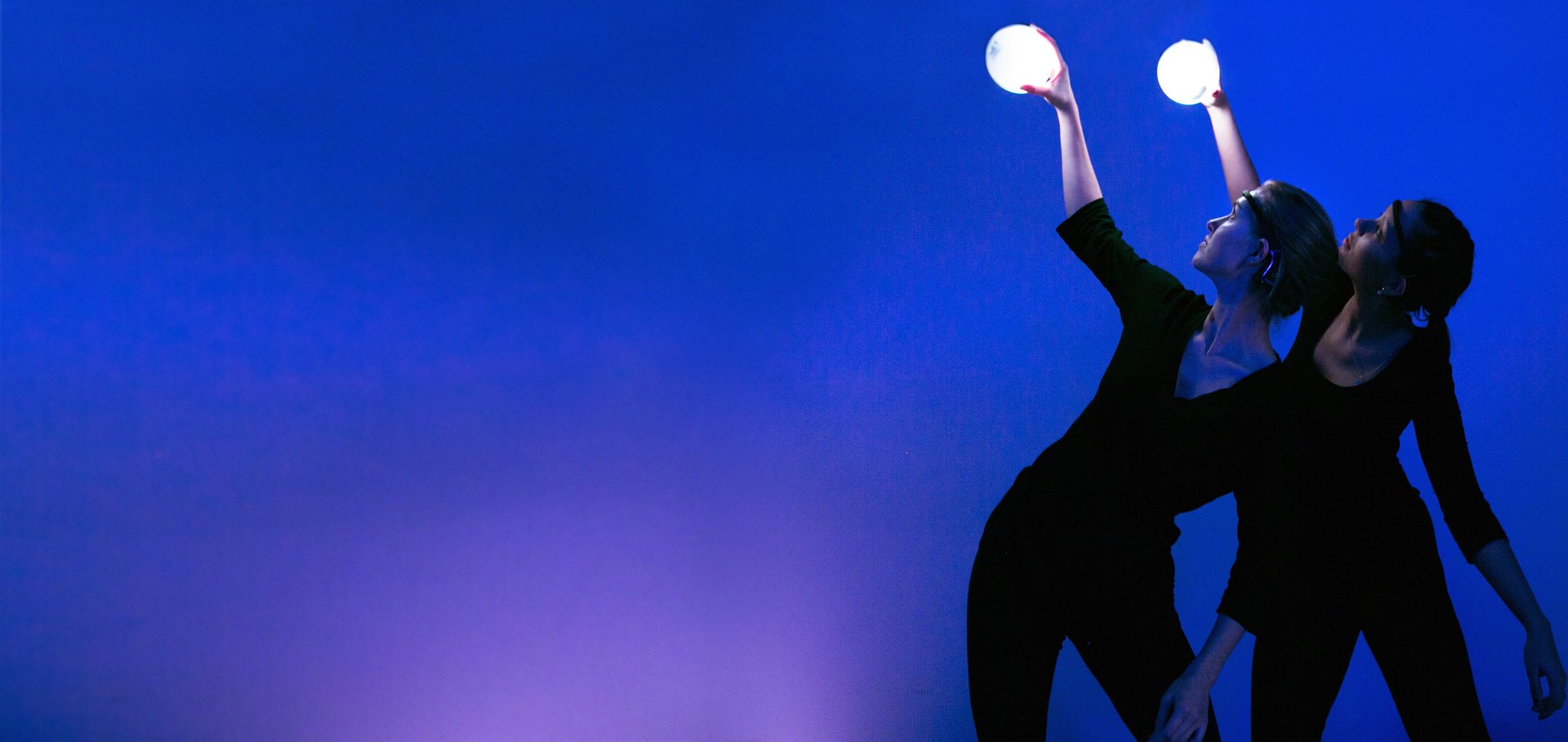
The future appears
in the fractures
of the present.
Discard the future and the present is devastated and destroyed.

PERFORMING GESTURE
Despite the recent enormous interest in the topic of human brain research and neuroscience, and the exponential growth of artworks on neurotechnology and using methods of neurophysiology in various fields of art, we have to say that artists often limit themselves to thinking of man and his brain as just another type of controller for controlling something.
This comes not only from a lack of awareness or knowledge of the subject matter, but also from the extreme complexity of the tools used. Part of the difficulty is, as one would expect, conceptual (see S. Schechter, D. Singer's two-factor theory of emotion). Another difficulty is that the processes associated with our psycho-emotional state are often hidden from viewers and misinterpreted by the artist himself, as they represent the result of complex system behaviour.

Working With Actors
"I can't say I need to become a machine. I need to learn how to interact with a machine. Or maybe not even with a machine. I need to learn to interact with myself. Because by learning to interact with myself, I can interact with the machine. It's so programmed that it won't be able to decipher the correct readings from my brain if, for example, I'm very excited or frustrated.
When I learned how to execute cognitive commands, I couldn't believe it; it made me feel a lot of emotions. I was just jumping for joy. And for me it was almost a miracle, but actually, of course, I realise that it's not really a miracle, it's a reality of our time - control a computer with your mind. Without my body"
Alexandra Rumyantseva (Neurointegrum actress)
WHAT IS THE PLACE OF MAN IN THE HUMAN-MACHINE ART’S GENERATION SYSTEM?
ARTIST STATEMENT
The main direction and scope of human-machine interaction (HCI), interaction with computer systems with self-adaptation, self-awareness and self-expression. In my experimental theater productions and performances, I use interactive real-time computer systems, physiological and emotional computing technologies, in particular brain-computer interfaces (BCI) for controlling video projections, light and multi-channel sound.
GOAL AND OBJECTIVES
The goals and objectives that guide my artistic practice are the expansion of the boundaries of artistic, aesthetic and emotional experience with the help of HCI systems using neurotechnologies and BCI systems, emotional computing and AI. My research and prototypes in this area are just means to overcome the prevailing stereotypes of perception, in search for authentic means of expression, techniques and tools for creating new artistic forms. Marshall McLuhan in his book "Understanding Media" expressed the idea that has become my creative motto: "The serious artist is the only person able to encounter technology with impunity, just because he is an expert aware of the changes in sense perception".
© Photos by Anastasia Blur and Svetlana Degtyareva








